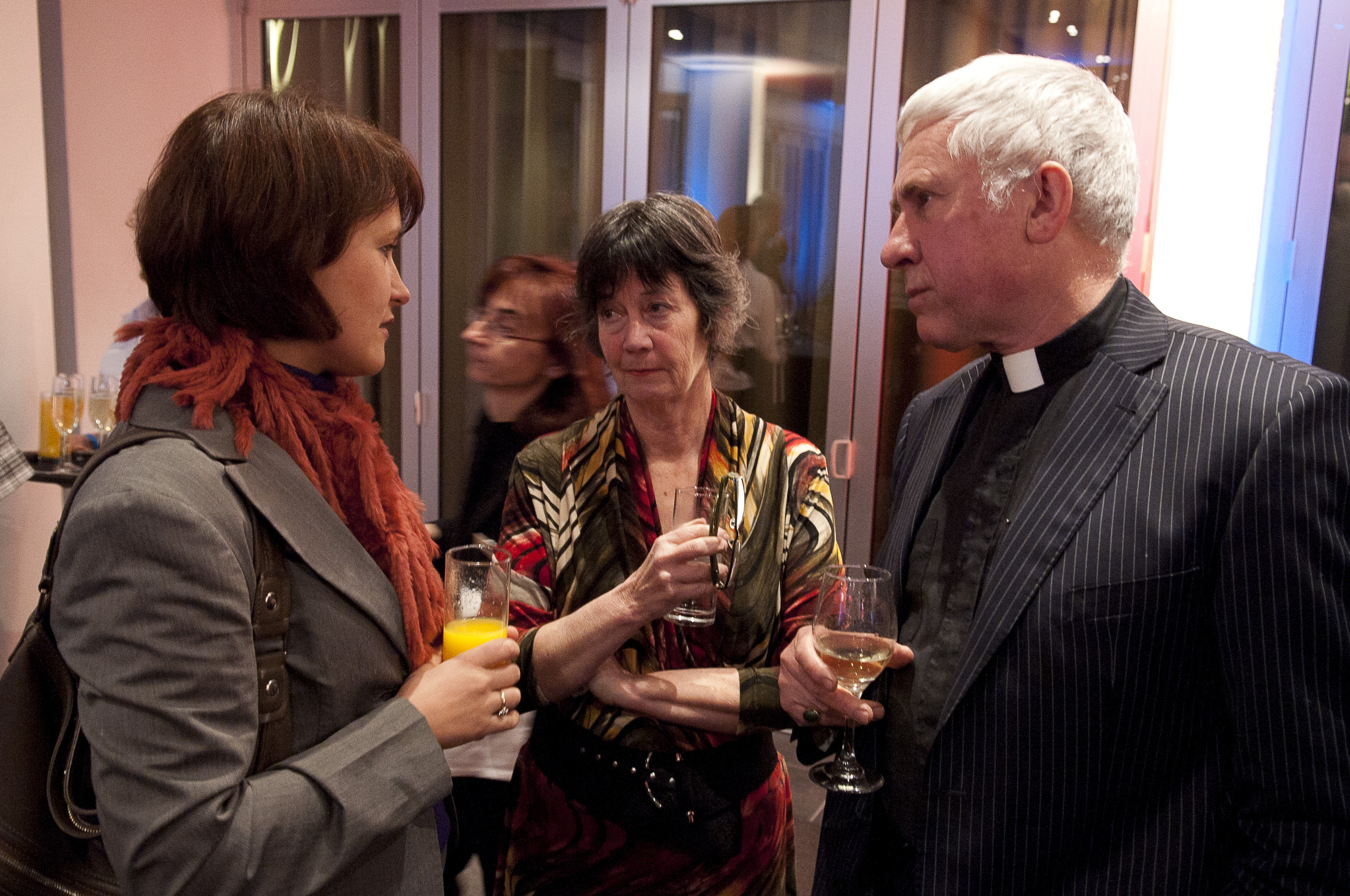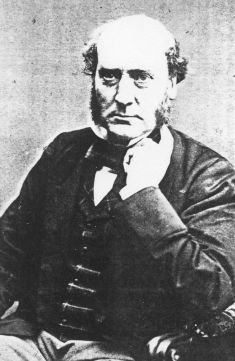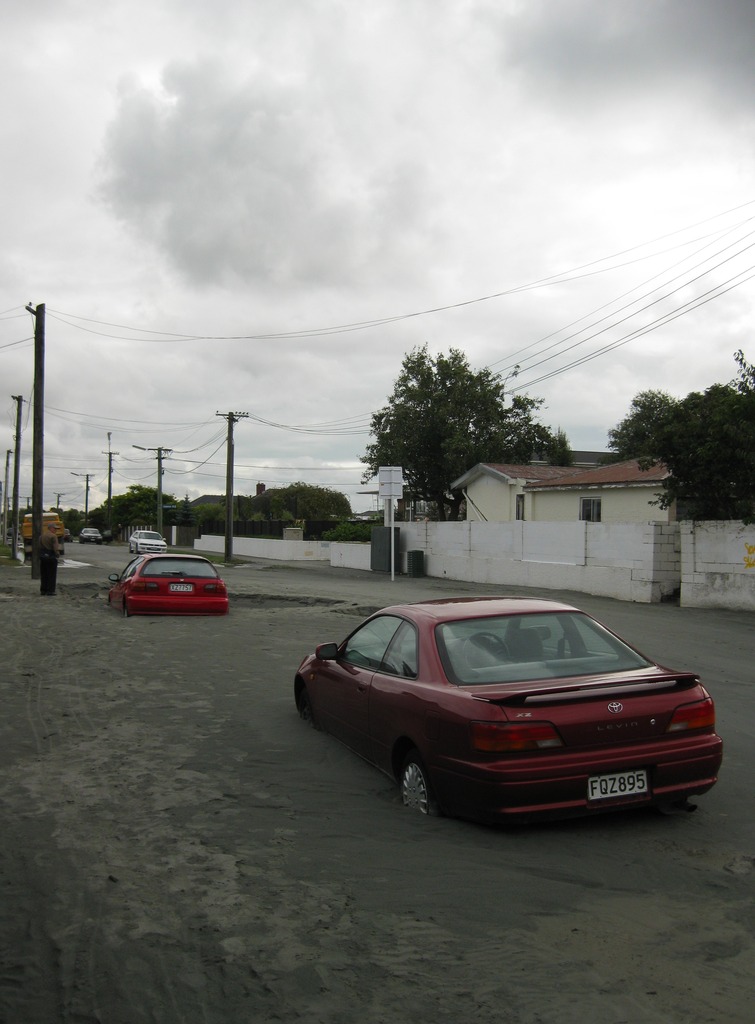|
Gareth Farr
Gareth Vincent Farr (born 29 February 1968) is a New Zealand composer and percussionist. He has released a number of classical CDs and composed a number of works performed by the New Zealand Symphony Orchestra (NZSO) and Royal New Zealand Ballet. He has also performed in drag under the name Lilith LaCroix in a show called ''Drumdrag'' and has also released a CD under that name. Early life and education Farr was born in Wellington in 1968. He began his studies at the University of Auckland in musical composition, composition, orchestration and electronic music. While studying there, he performed as a member of the Auckland Philharmonia Orchestra (APO) and the Karlheinz Company. Farr was always available as a performer to play new works by other composers. Returning to Wellington in 1988 for further study at Victoria University of Wellington, he gained note for his compositions, at this time becoming increasingly excited with exploring the Indonesian gamelan. He played percussion ... [...More Info...] [...Related Items...] OR: [Wikipedia] [Google] [Baidu] |
Wellington
Wellington ( mi, Te Whanganui-a-Tara or ) is the capital city of New Zealand. It is located at the south-western tip of the North Island, between Cook Strait and the Remutaka Range. Wellington is the second-largest city in New Zealand by metro area, and is the administrative centre of the Wellington Region. It is the world's southernmost capital of a sovereign state. Wellington features a temperate maritime climate, and is the world's windiest city by average wind speed. Legends recount that Kupe discovered and explored the region in about the 10th century, with initial settlement by Māori iwi such as Rangitāne and Muaūpoko. The disruptions of the Musket Wars led to them being overwhelmed by northern iwi such as Te Āti Awa by the early 19th century. Wellington's current form was originally designed by Captain William Mein Smith, the first Surveyor General for Edward Wakefield's New Zealand Company, in 1840. The Wellington urban area, which only includes urbanised ar ... [...More Info...] [...Related Items...] OR: [Wikipedia] [Google] [Baidu] |
Evelyn Glennie
Dame Evelyn Elizabeth Ann Glennie, (born 19 July 1965) is a Scottish people, Scottish percussionist. She was selected as one of the two laureates for the Polar Music Prize of 2015. Early life Glennie was born in Methlick, Aberdeenshire in Scotland. The Scottish traditional music, indigenous musical traditions of north-east Scotland were important in her development as a musician. Her first instruments were the piano and the clarinet. Other influences were Glenn Gould, Jacqueline du Pré and Trilok Gurtu. She studied at Ellon Academy, Aberdeenshire and the Royal Academy of Music, London. She was a member of the National Youth Orchestra of Scotland and the Cults Percussion Ensemble which was formed in 1976 by her school percussion peripatetic teacher Ron Forbes. They toured and recorded one album, which was re-released on Trunk Records in 2012. Career Glennie tours all over the world performing as a soloist with a wide variety of orchestras and eclectic musicians. She conducts ... [...More Info...] [...Related Items...] OR: [Wikipedia] [Google] [Baidu] |
Edinburgh International Festival
The Edinburgh International Festival is an annual arts festival in Edinburgh, Scotland, spread over the final three weeks in August. Notable figures from the international world of music (especially classical music) and the performing arts are invited to join the festival. Visual art exhibitions, talks and workshops are also hosted. The first 'International Festival of Music and Drama' took place between 22 August and 11 September 1947. Under the first festival director, the distinguished Austrian-born impresario Rudolf Bing, it had a broadly-based programme, covering orchestral, choral and chamber music, Lieder and song, opera, ballet, drama, film, and Scottish 'piping and dancing' on the Esplanade of Edinburgh Castle, a structure that was followed in subsequent years. The Festival has taken place every year since 1947, except for 2020 when it was cancelled due to the COVID-19 Pandemic. A scaled-back version of the festival was held in 2021. Festival directors *1947–1949: ... [...More Info...] [...Related Items...] OR: [Wikipedia] [Google] [Baidu] |
Peter Beck (cleric)
Peter J. Beck (born 1948) is an Anglican priest in New Zealand. He was the dean of ChristChurch Cathedral in Christchurch from 2002 until December 2011 when he resigned to contest a vacancy on Christchurch City Council in a 2012 by-election. Born in England, Beck has been in New Zealand since 1981 and served in various positions in the Diocese of Auckland before moving to Christchurch. He knew the late Sir Edmund Hillary from his time in Auckland, is a board member of the Hillary Institute and spoke at the state funeral of Hillary in 2008. England Beck was born in Sheffield, West Riding of Yorkshire, England, in 1948. He is a graduate of Oxford University and was ordained as a priest in 1973 in Christ Church Cathedral, Oxford, England. He served as a team vicar in the Banbury Parish. New Zealand He emigrated to New Zealand in 1981 with his New Zealand-born wife and their three children. Glenfield Beck was a member of the team ministry of Glenfield Cooperating Parish on the Nort ... [...More Info...] [...Related Items...] OR: [Wikipedia] [Google] [Baidu] |
ChristChurch Cathedral, Christchurch
ChristChurch Cathedral, also called Christ Church Cathedral and (rarely) Cathedral Church of Christ, is a deconsecrated Anglican cathedral in the city of Christchurch, New Zealand. It was built between 1864 and 1904 in the centre of the city, surrounded by Cathedral Square. It became the cathedral seat of the Bishop of Christchurch, who is in the New Zealand '' tikanga'' of the Anglican Church in Aotearoa, New Zealand and Polynesia. Earthquakes have repeatedly damaged the building (mostly the spire): in 1881, 1888, 1901, 1922, and 2010. The February 2011 Christchurch earthquake destroyed the spire and the upper portion of the tower, and severely damaged the rest of the building. A lower portion of the tower was demolished immediately following the 2011 earthquake to facilitate search and rescue operations. The remainder of the tower was demolished in March 2012. The badly damaged west wall, which contained the rose window, partially collapsed in the June 2011 and suffered f ... [...More Info...] [...Related Items...] OR: [Wikipedia] [Google] [Baidu] |
Nor'west Arch
The Nor'west arch is a weather pattern peculiar to the east coast of New Zealand's South Island. For this reason, it is also often referred to as the Canterbury arch, although it is visible in both Otago and Marlborough as well as in the Canterbury Region. It is shown in an apparent arch of high white cloud in an otherwise clear blue sky over the Southern Alps, and is accompanied by a strong hot northwesterly or northerly wind simply known as The Nor'wester. Closer to the Canterbury coast, some distance from the mountains of the Southern Alps, it appears as a clear area of blue above the mountains, with white cloud streaming to the east from it. The phenomenon is similar to the Chinook arch seen in the Pacific regions of the United States and Canada. Formation The Nor'west arch is a föhn cloud. The northwesterly wind drives warm moist air from over the Tasman Sea, and it is pushed up by the presence of the Southern Alps, causing it to cool rapidly. The area to the east of th ... [...More Info...] [...Related Items...] OR: [Wikipedia] [Google] [Baidu] |
February 2011 Christchurch Earthquake
A major earthquake occurred in Christchurch on Tuesday 22 February 2011 at 12:51 p.m. local time (23:51 UTC, 21 February). The () earthquake struck the entire of the Canterbury region in the South Island, centred south-east of the central business district. It caused widespread damage across Christchurch, killing 185 people, in New Zealand's fifth-deadliest disaster. Christchurch's central city and eastern suburbs were badly affected, with damage to buildings and infrastructure already weakened by the magnitude 7.1 Canterbury earthquake of 4 September 2010 and its aftershocks. Significant liquefaction affected the eastern suburbs, producing around 400,000 tonnes of silt. The earthquake was felt across the South Island and parts of the lower and central North Island. While the initial quake only lasted for approximately 10 seconds, the damage was severe because of the location and shallowness of the earthquake's focus in relation to Christchurch as well as ... [...More Info...] [...Related Items...] OR: [Wikipedia] [Google] [Baidu] |
Robert Falcon Scott
Captain Robert Falcon Scott, , (6 June 1868 – c. 29 March 1912) was a British Royal Navy officer and explorer who led two expeditions to the Antarctic regions: the ''Discovery'' expedition of 1901–1904 and the ill-fated ''Terra Nova'' expedition of 1910–1913. On the first expedition, he set a new southern record by marching to latitude 82°S and discovered the Antarctic Plateau, on which the South Pole is located. On the second venture, Scott led a party of five which reached the South Pole on 17 January 1912, less than five weeks after Amundsen's South Pole expedition. A planned meeting with supporting dog teams from the base camp failed, despite Scott's written instructions, and at a distance of 162 miles (261 km) from their base camp at Hut Point and approximately 12.5 miles (20 km) from the next depot, Scott and his companions died. When Scott and his party's bodies were discovered, they had in their possession the first Antarctic fossils ever discov ... [...More Info...] [...Related Items...] OR: [Wikipedia] [Google] [Baidu] |
Artists To Antarctica
The Artists to Antarctica programme, also known as the Antarctica New Zealand Arts Fellowship and the Invited Artists Programme Antarctic Arts Fellows, was a community engagement programme run by Antarctica New Zealand, the government agency conducting New Zealand's activities in Antarctica. From the 2014/15 season, this program was replaced by The Antarctica New Zealand Community Engagement Programme. Recipients of Antarctica New Zealand Arts Fellowship under the Artists to Antarctica Programme and the Invited Artists Programme include: Also see: * Antarctic Artists and Writers Program References New Zealand literary awards Arts organisations based in New Zealand {{NewZealand-stub ... [...More Info...] [...Related Items...] OR: [Wikipedia] [Google] [Baidu] |
Antarctica New Zealand
Antarctica New Zealand is an Institute set up by the Government of New Zealand in 1996 to manage its interests in Antarctica and the Ross Sea. As well as providing logistics support to a large scientific programme, it also runs bases such as Scott Base. It has run other bases in the past, such as Vanda Station. New Zealand's involvement in Antarctica began in 1923, when activities were closely connected with the United Kingdom. Close cooperation with other nations has been an important part of New Zealand's involvement in Antarctica. Since 1959 Scott Base has been New Zealand's permanent base in Antarctica. From 1965 to 1988 the person responsible for much of Scott Base development as head of the Antarctic Division of the DSIR was Bob Thomson A 1994 review recognised Antarctica as strategically important to New Zealand as a Southern Hemisphere nation. This resulted in the establishment of the New Zealand Antarctic Institute, known as Antarctica New Zealand, on 1 July 1996. T ... [...More Info...] [...Related Items...] OR: [Wikipedia] [Google] [Baidu] |
Christchurch Symphony Orchestra
The Christchurch Symphony Orchestra (CSO) is the largest professional orchestra in the South Island of New Zealand, based in the city of Christchurch. It was established in 1958 as the John Ritchie String Orchestra, due to the vision and encouragement of Christchurch composer John Ritchie. It was renamed the Christchurch Civic Orchestra four years later in 1962, and has used its current name since 1974. Currently, the CSO has an established core of principal and tenured players with additional contracted casual players. The orchestra performs in over fifty concerts a year including performances for the Royal New Zealand Ballet, Southern Opera, Christchurch City Council events, the National Concerto Competition and the Adam International Cello Festival and Competition. The CSO repertoire presents a wide range of classical, pops and contemporary musical styles. The orchestra also works with primary and secondary schools throughout the South Island with its Community Engagement P ... [...More Info...] [...Related Items...] OR: [Wikipedia] [Google] [Baidu] |
Christchurch
Christchurch ( ; mi, Ōtautahi) is the largest city in the South Island of New Zealand and the seat of the Canterbury Region. Christchurch lies on the South Island's east coast, just north of Banks Peninsula on Pegasus Bay. The Avon River / Ōtākaro flows through the centre of the city, with an urban park along its banks. The city's territorial authority population is people, and includes a number of smaller urban areas as well as rural areas. The population of the urban area is people. Christchurch is the second-largest city by urban area population in New Zealand, after Auckland. It is the major urban area of an emerging sub-region known informally as Greater Christchurch. Notable smaller urban areas within this sub-region include Rangiora and Kaiapoi in Waimakariri District, north of the Waimakariri River, and Rolleston and Lincoln in Selwyn District to the south. The first inhabitants migrated to the area sometime between 1000 and 1250 AD. They hunted moa, which led ... [...More Info...] [...Related Items...] OR: [Wikipedia] [Google] [Baidu] |





